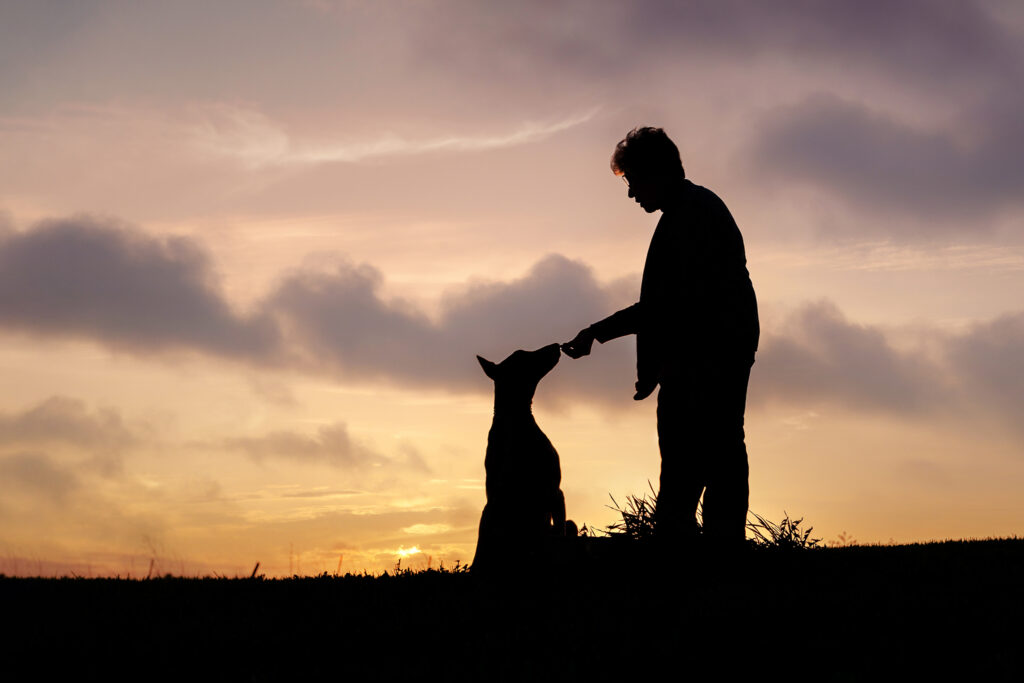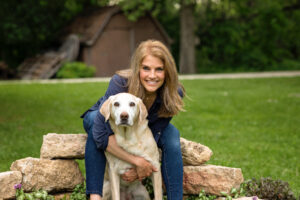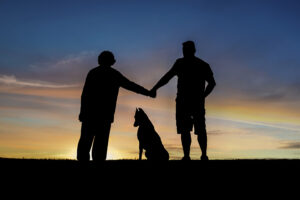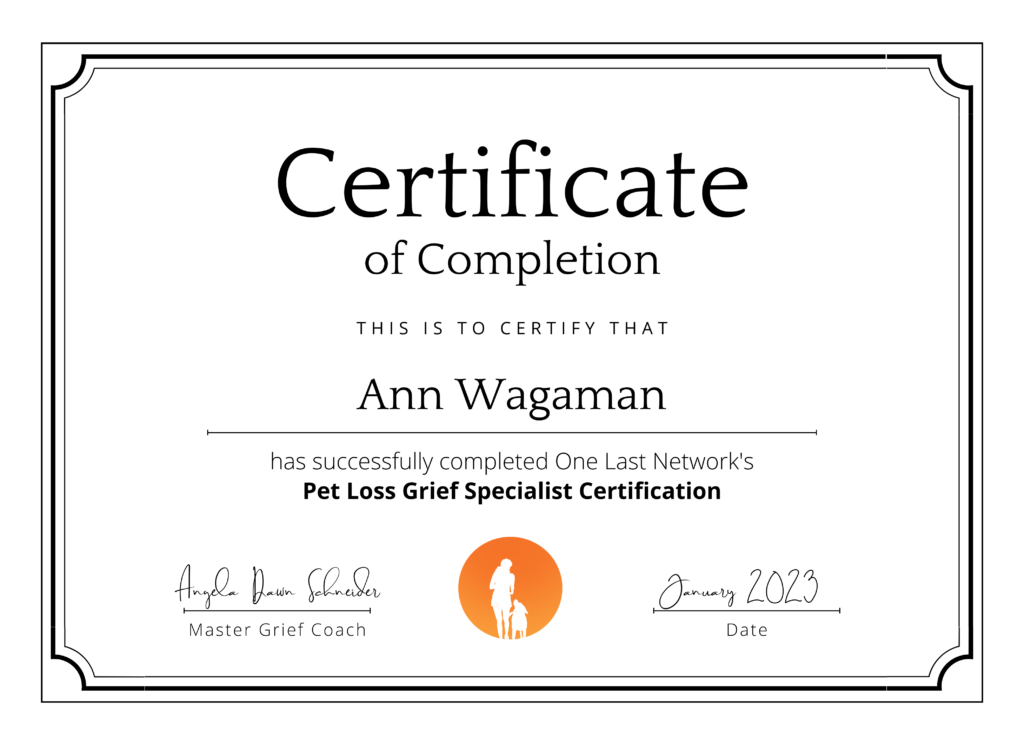My cats are 3 and 4. By definition, they aren’t seniors. They’re still very much youngsters. My yellow lab was with us for 13 years and we watched her change slowly over the years, mainly more sleeping!
As a pet ages, life gets colorful. Senior pets hold a special place in my heart. Right away, Ramsey came to my mind. My mother-in-law adopted him—at the age of 11. They spent a couple awesome years together (pictured below).
Old pets are good pets. Whether you’re looking to adopt a senior pet or growing old with your own, here’s some of top reasons older pets are pretty awesome.

When is a Pet Considered a Senior?
So really, at what age does a pet become a “senior?” That depends.
According to the American Veterinary Medical Association (AVMA), dogs are generally considered to be seniors once they reach the age of 7 years old. However, this can vary based on the dog’s breed, size, and overall health. Some smaller breeds may not be considered seniors until they are 10 or 12 years old, while larger breeds may be considered seniors at a younger age.
Source: American Veterinary Medical Association (AVMA). (n.d.). Senior pets. Retrieved from https://www.avma.org/resources/pet-owners/petcare/senior-pets
Because breed plays a big role for when a dog is thought of as senior, it’s difficult to state a specific age. Large breeds tend to age faster. For example, generally, a large breed dog like a Great Dane will become a senior sooner than a small breed like a Chihuahua.
My Sadie was a yellow lab and is a medium breed. So my best guess is Sadie was a senior when she hit 8-9. We were fortunate enough to have Sadie until she was 13.

Sadie (13) and me
Regardless of your pet’s age, if you or your vet start seeing signs of aging, you might have a senior pet. No worries though. It’s the next natural stage in their life and your relationship!
Reasons Old Pets are Fantastic
Senior pets are best known from experience. After 13 with my dog, she knew, without a doubt, that she can count on me. With a puppy, it can take quite some time for them to warm up to their new human.
At first Sadie was very cautious and it took some time to really gain her trust. With consistent routines and gentle training, she knew we were her people.
You know what you get. Older dogs can absolutely learn new tricks, but their personalities aren’t as likely to go through major changes like in the first few years of life. When my mother-in-law got her 11 year old Doberman rescue, Ramsey, she knew the two of them weren’t likely to go out for a run or even a long walk. They both enjoyed short strolls outside and then it was back to the couch for both of them. My MIL was just learning to live without her spouse of almost 60 years, and Ramsey was learning to live without his past owner. It was a match made in heaven.

My mother-in-law, Ramsey, and her son (my hubby). This was taken a couple months after she lost her husband. Ramsey looks so stoic, like he’s watching over her. We have this in a 60×40 wall art piece in our home.
Oh, training! Ramsey (my MIL’s Doberman) was already trained, of course. Easy-peasy. The only thing that proved a little difficult was him laying diagonal in her bed!
Older pets are most likely already trained. They might need a refresher, but chances are, they already know how to walk on a leash, are potty-trained and know how the world usually works.
Dogs speak their own language. After all my years with Sadie, we are totally in sync. I knew when she would come over and stare at me, she had to go outside. Growing old with your dog is so predictable, but also unpredictable.
More time cuddling. Sadie showed her affection by being next to us, giving us a quick lick and letting the cat sleep on her. A pet that’s been with you for a while might get more affectionate over time, and older pets are often more interested in cuddling.
There’s a bunch of reasons a pet might become more affectionate as they age. They might need you more or trust you more and want to show some love.
This said, make sure to keep regular wellness checks with your vet and bring your pet in if you notice any major changes—even if you like them, like extra snuggles. There could be a medical condition that should be explored further.
Less time destroying. If you’ve ever raised a young puppy you already know how they can get into things with those new sharp teeth. Older dogs are much less likely to take all the stuffing out of your couch. A nap in the sun is more their speed (and mine too!)
Their love is mature. Older dogs just get you. They understand a good thing and (usually) have the maturity to be a great companion. While youngsters might need to learn the boundaries, seniors are more likely to know things like nipping=uncool and naps=awesome.
In January, I became a certified pet loss grief specialist through One Last Network. It helps me better understand our senior pets and also help pet owners navigating life with aging pets.

Do you and your senior dog have a bucket list of things you’d like to do together? Do you need more ideas? Check out my other blog about senior dogs: 10 Bucket List Activities to Do With Your Aging Dog
What makes you happiest about life with a senior pet? Find me on Instagram at @annwagamanphotography_pets and let me know!